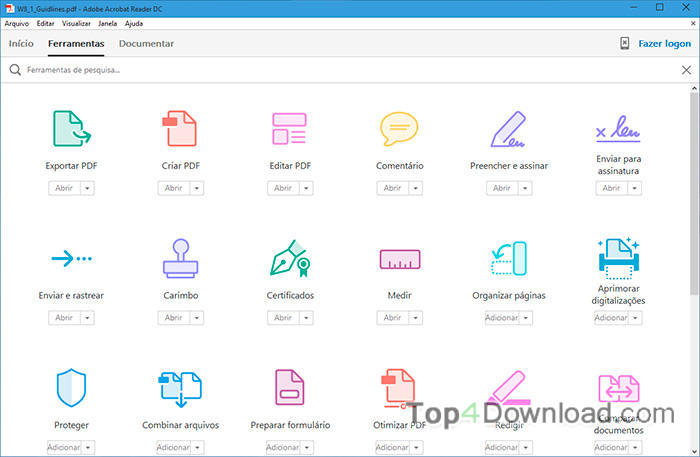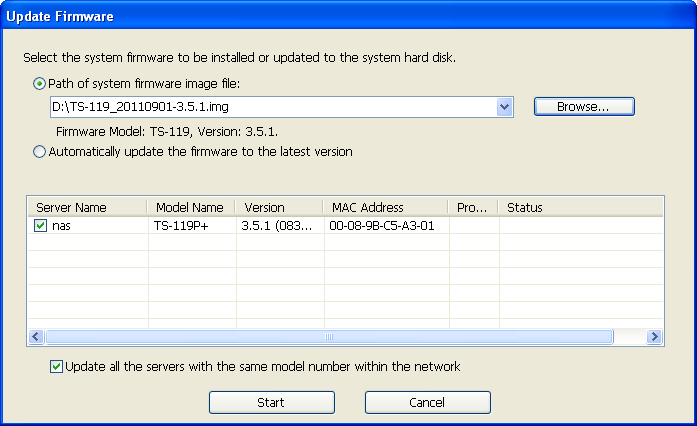
PostLogoutRedirectUri = postLogoutRedirectUri,ĬookieManager = new SameSiteCookieManager(new SystemWebCookieManager()), The changed are again operated in the ConfigureAuth method of the file like the following:Īpp.SetDefaultSignInAsAuthenticationType(ĬookieAuthenticationDefaults.AuthenticationType) ĬookieSameSite =
Microsoft oautoupdate 4.1.0 for mac code#
The approach in scenarios where Azure Active Directory Authentication (AAD for short) is used is very similar to the code for the ASP.net Identity displayed above. Within this object we have a CookieSameSite property, which we will set to the value calculated beforehand. At this point we are ready to call the UseCookieAuthentication extension method and pass in the CookieAuthenticationOptions object. In the ConfigureAuth method of the file, we again start by getting the user agent of the connecting client and calculating if we should or should not emit the SameSite=None attribute on the authentication cookie, by calling the DissallowSameSiteNone(string) method – code to come below.īased on the result, we either set the SameSite value to ‘None’ or we set it to -1, indicating that the SameSite attribute should not be emitted at all. ValidateInterval: TimeSpan.FromMinutes(30), SecurityStampValidator.OnValidateIdentity( Set the SameSite based on the calculated value

and to use a cookie to temporarily store information about a user logging inĪpp.UseCookieAuthentication(new CookieAuthenticationOptionsĪuthenticationType = DefaultAuthenticationTypes.ApplicationCookie, Enable the application to use a cookie to store information for the signed in Public void ConfigureAuth(IAppBuilder app) I will show a piece of sample code when using ASP.net Identity cookie authentication instead so you can also see how this would look like. However, you would have to modify the authentication cookie based on the same logic inspecting the user agent of the connecting client. The code in this scenario is fairly similar to the code used on Session_Start for the session cookie. This is not necessary for the case when the SameSite attribute is not present, however it is required for cookies that have the SameSite attribute set to the value ‘None’. If no custom name is found, the code will default to the standard name of the cookie, which is ‘ASP.Net_SessionId”.īased on the dissallowSameSiteFlag we either append the SameSite=None attribute to the cookie, or we omit appending the SameSite attribute altogether – by setting the SameSite enumeration to -1.įinally, the code also appends the Secure attribute to the session cookie in both cases, when the SameSite attribute is present or when it is not. We then have to know what the name of the Session cookie is: to do this, we look at the web.config file, where a custom name for the cookie can be specified. You can check what common user agent strings browsers use in sites like We will then call a method that will indicate if we should emit or we should disallow the SameSite=None attribute on the cookie based on the provided user agent – the code for DisallowsSameSiteNone will be provided later. This is a string that is sent in by each browser (or connecting application) identifying its type. The code starts out by making not of what the incoming request’s user agent is. while we're at it lets also make it secure should the flag be positioned to true, then remove the attribute by setting SessionCookieName = sessionStateSection.CookieName SessionStateSection sessionStateSection = (SessionStateSection)ConfigurationManager get the name of the cookie, if not defined default to the "ASP.NET_SessionID" value decide if we need to strip off the same site attribute for older browsersīool dissallowSameSiteFlag = DisallowsSameSiteNone(currentUserAgent) Code that runs when a new session is started Void Session_Start(object sender, EventArgs e) Here is how the Session_Start code would look like: Hence, we can modify this logic to incorporate additional code to decorate the session cookie as needed. The session cookie is emitted during the Session_Start event handling logic. I will try and show code that addresses the scenarios demonstrated in the previous installment of the series.


We will only focus on the edge cases where we need the cookie to have the SameSite=None attribute and also deal with requests that are incoming from older browsers. This is valid only if we are targeting a SameSite=None attribute – the new default of SameSite=Lax will not need any per request code changes in your application logic, it is brought about by the November / December.
Microsoft oautoupdate 4.1.0 for mac how to#
In order to compensate for the fact that older browsers do not understand the SameSite=None attribute on cookies and consider it equivalent to SameSite=Strict, in this last part of the articles on the SameSite cookie specification changes, I will show some demo code on how to issue the attribute on a per request basis.


 0 kommentar(er)
0 kommentar(er)
